The Czechs, or the Czech people, are a West Slavic ethnic group and a nation native to the Czech Republic in Central Europe, who share a common ancestry, culture, history, and the Czech language.

The history of the Jews in Slovakia goes back to the 11th century, when the first Jews settled in the area.

The history of the Jews in the Czech lands, which include the modern Czech Republic as well as Bohemia, Czech Silesia and Moravia, goes back many centuries. There is evidence that Jews have lived in Moravia and Bohemia since as early as the 10th century. As of 2005, there were approximately 4,000 Jews living in the Czech Republic.

Anthony Dirk Moses is an Australian scholar who researches various aspects of genocide. In 2022 he became the Anne and Bernard Spitzer Professor of Political Science at the City College of New York, after having been the Frank Porter Graham Distinguished Professor of Global Human Rights History at the University of North Carolina at Chapel Hill. He is widely regarded as a leading expert on genocide, especially in colonial contexts, as well as on the political development of the concept itself. He is known for coining the term racial century in reference to the period 1850–1950. He is editor-in-chief of the Journal of Genocide Research.

The Holocaust in Slovakia was the systematic dispossession, deportation, and murder of Jews in the Slovak State, a client state of Nazi Germany, during World War II. Out of 89,000 Jews in the country in 1940, an estimated 69,000 were murdered in the Holocaust.
Dan Stone is a historian. As professor of Modern History at Royal Holloway, University of London, and director of its Holocaust Research Institute, Stone specializes in 20th-century European history, genocide, and fascism. He is the author or editor of several works on Holocaust historiography, including Histories of the Holocaust (2010) and an edited collection, The Historiography of the Holocaust (2004).
Gillian "Gilly" Carr is a British archaeologist and academic. She currently specialises in the Holocaust and conflict archaeology, while her early career research focused on the Iron Age and Roman Archaeology. She is an associate professor and academic director in archaeology at the University of Cambridge's Institute of Continuing Education, and a fellow and director of studies in archaeology at St Catharine's College, Cambridge. In 2019, she was elected a Fellow of the Society of Antiquaries of London and of the Royal Historical Society. In 2020, she won the EAA European Heritage Prize for her work on the heritage of victims of Nazism.
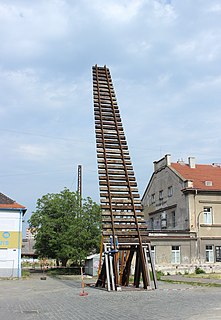
The Holocaust in Bohemia and Moravia, a portion of the Czech lands annexed into Germany, resulted in the deportation, dispossession, and death of 80,000 Jews, most of the pre-World War II population, between 1939 and 1945.
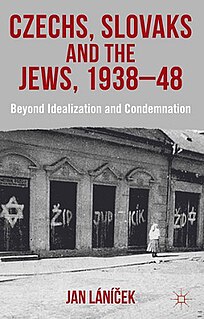
Czechs, Slovaks and the Jews, 1938–48: Beyond Idealisation and Condemnation (2013) is a book by the Czech historian Jan Láníček which addresses relations between Czechs, Slovaks, and Jews from the Munich Agreement to the 1948 Czechoslovak coup d'état which installed a Communist government. The book focuses especially on the Czechoslovak government-in-exile and its attitudes and actions with regards to the Jews who had been trapped in Czechoslovakia during the Nazi occupation.
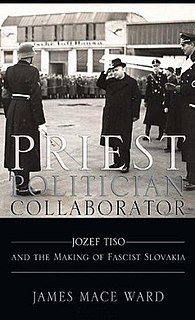
Priest, Politician, Collaborator: Jozef Tiso and the Making of Fascist Slovakia (2013) is a scholarly biography Jozef Tiso, by the American historian James Mace Ward. The book received mostly positive reviews.

The Holocaust in Bohemia and Moravia: Czech Initiatives, German Policies, Jewish Responses is a book by the German historian Wolf Gruner on the Holocaust in Bohemia and Moravia, the Czech-majority parts of Czechoslovakia partially annexed into Nazi Germany during the German occupation of Czechoslovakia. Beginning before the Munich Agreement, Gruner's book covers the various stages of persecution of Jews which led to their deportation and murder. He argues that the role of Czech collaboration and local initiatives was greater than has been conventionally assumed, and also that Jewish resistance to persecution was substantial. The book has received mixed reviews; some Czech historians have disagreed with Gruner's conclusions while other reviewers generally praised the book with some reservations. The book was published in German in 2016 and in English and Czech in 2019. It received the 2017 Sybil Halpern Milton Memorial Book Prize of the German Studies Association.
Jan Láníček is a Czech historian who studies Czechoslovak Jewish history in the twentieth century and the Czechoslovak government-in-exile. He graduated from Palacký University Olomouc (2006) and received his doctorate from the University of Southampton (2011). He is currently a lecturer at the University of New South Wales in Sydney, Australia. He is the co-editor of the Australian Journal of Jewish Studies. He was the Vice-President (NSW) of the Australian Association for Jewish Studies.
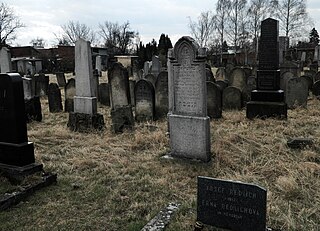
After World War I and during the formation of Czechoslovakia, a wave of anti-Jewish rioting and violence was unleashed against Jews and their property, especially stores.

The Czechoslovak myth is a term used by some scholars, such as Andrea Orzoff, to refer to the narrative that Czechoslovakia between 1918 and 1938 was a tolerant and liberal democratic country, oriented towards Western Europe, and free of antisemitism compared to other countries in central and eastern Europe. For example, the country was described as "a welcoming and tolerant place for Jews," and an "island of democracy in Eastern Europe".
Anna Hájková is a Czech-British historian who is currently a faculty member at the University of Warwick. She specializes in the study of everyday life during the Holocaust and sexuality and the Holocaust. According to Hájková, "My approach to queer Holocaust history shows a more complex, more human, and more real society beyond monsters and saints."
Reassessing the Nuremberg Military Tribunals. Transitional Justice, Trial Narratives, and Historiography is a book published in 2012 by Berghahn Books; it was edited by Kim Priemel and Alexa Stiller.
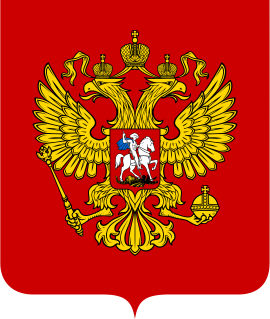
This is a select bibliography of English language books and journal articles about the Soviet Union during the Second World War, the period leading up to the war, and the immediate aftermath. For works on Stalinism and the history of the Soviet Union during the Stalin era, please see Bibliography of Stalinism and the Soviet Union. Book entries may have references to reviews published in English language academic journals or major newspapers when these could be considered helpful.
Marek Haltof is a professor (dr.hab.) of film studies. specializing in the cultural histories of Polish and Australian film.

Emil Utitz was a Czech philosopher and psychologist of Jewish descent. He was educated in Prague, where he was a classmate of Franz Kafka. After studies in Munich, Leipzig, and Prague, he became a professor in Rostock, and from 1925 was Chair of Philosophy at the University of Halle-Wittenberg. After his forced retirement in 1933, he became a professor in Prague. In 1942, he was deported to Theresienstadt Ghetto, where he was head of the library. After the liberation of Theresienstadt in 1945, he returned to Prague. Utitz died in Jena in 1956, while travelling through East Germany to give lectures.

This is a select bibliography of post World War II English language books and journal articles about the History of Ukraine. Book entries have references to journal reviews about them when helpful and available. Additional bibliographies can be found in many of the book-length works listed below. See the Bibliography section for several additional book and chapter length bibliographies from academic publishers and online bibliographies from historical associations and academic institutions.













